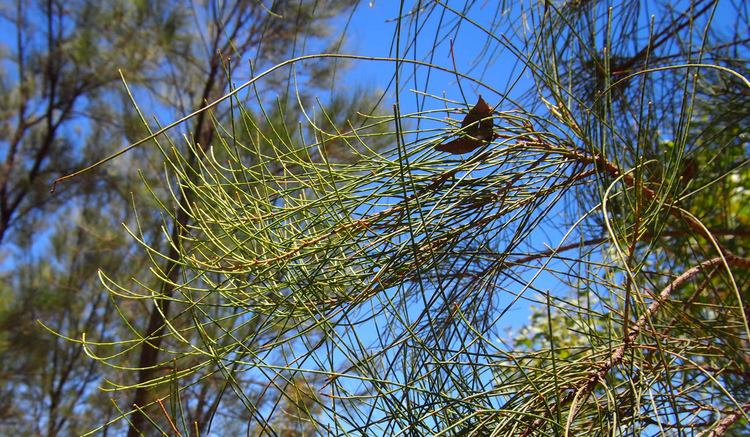Scientific name Allocasurina luehmannii Rank Species | Higher classification Allocasuarina | |
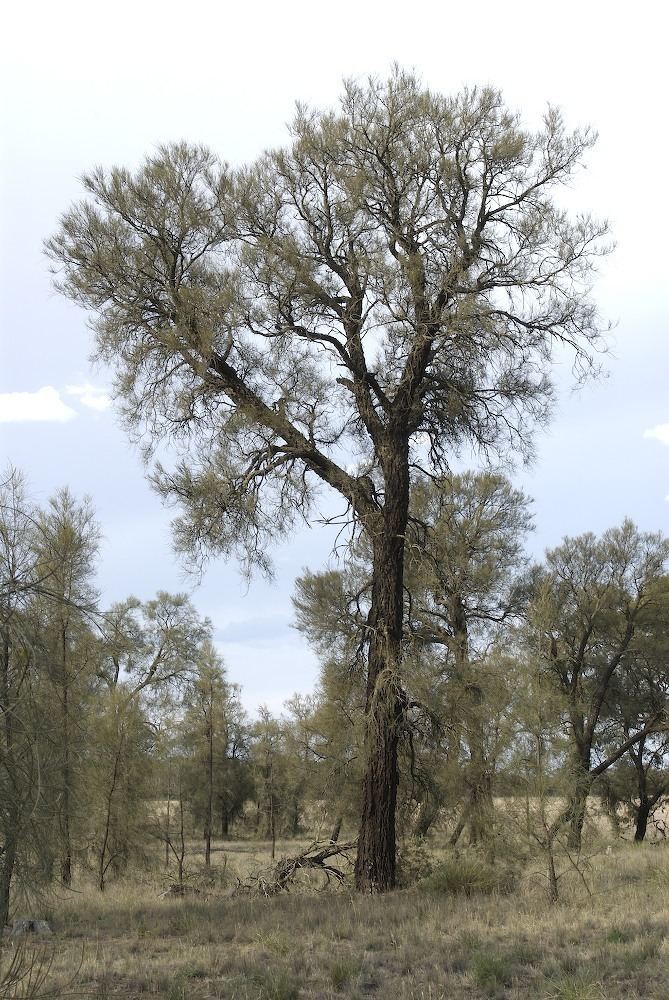 | ||
Similar Allocasuarina, Casuarina cristata, Allocasuarina verticillata, Eucalyptus microcarpa, Casuarinaceae | ||
Allocasuarina luehmannii (buloke or bull-oak) is a species of ironwood tree native to Australia.
Contents
Description

The evergreen tree typically grows to a height of 10 to 20 metres (33 to 66 ft) and usually produces a clear trunk. It is moderately to long lived, usually over 15 years with a moderate growth rate. It is dioecious with male and female flowers on separate plants which flowers in spring. It is known as having the hardest wood in the world, with a Janka Hardness of 5060 lbf.
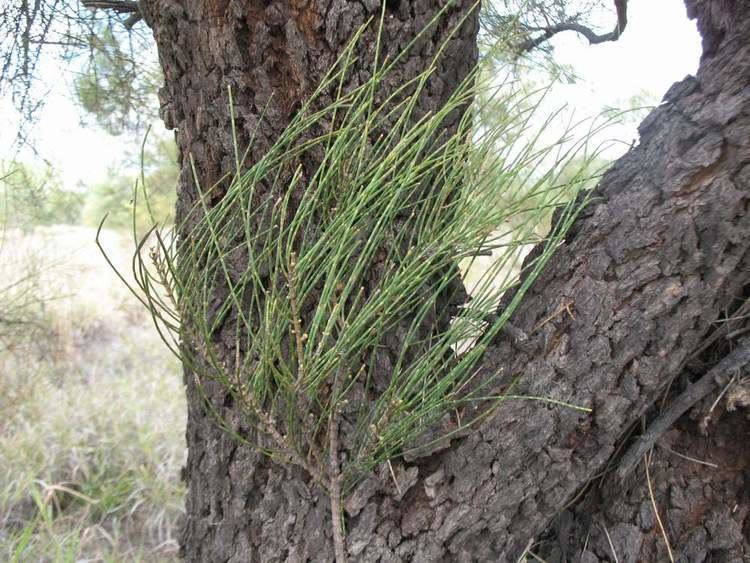
The cladodes are 8 to 22 millimetres (0.31 to 0.87 in) long with 10 to 14 teeth. They are sometimes waxy, of slightly greater diameter near their apex than their base.
Distribution
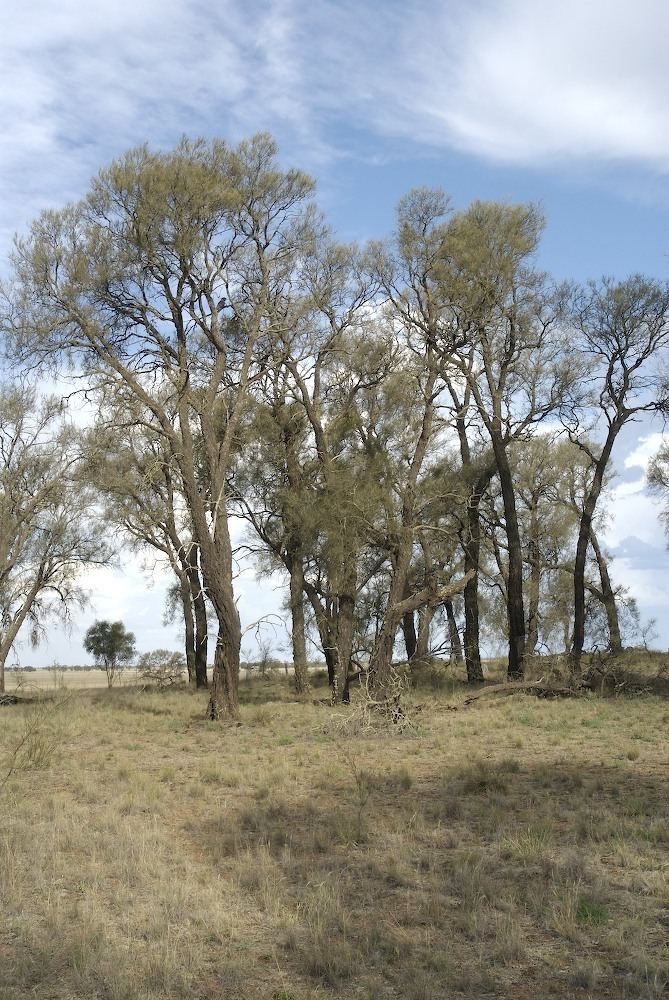
The species occurs across a vast region of eastern and southern Australia, mainly north and west of the Great Dividing Range and within the Murray-Darling Basin. Its extent of occurrence has been greatly depleted by clearing for cereal cropping and pasture development. It is an important food resource for the endangered southeastern subspecies of the red-tailed black cockatoo in the Wimmera region of western Victoria, where some remnant stands are threatened by farming practices It grows on a range of soil types, mainly sandy loams, and is usually found on lower parts of the landscape. It will tolerate acid, alkaline and moderately saline soils.
The Shire of Buloke in Victoria, Australia is named after this tree species.
Classification
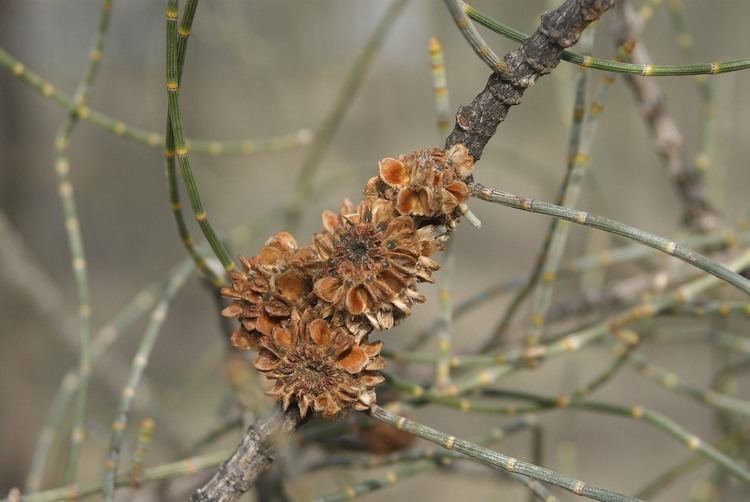
The species was first formally described as Casuarina luehmannii in 1900 by the Botanist R.T.Baker in the paper On two new species of Casuarina. in the Proceedings of the Linnean Society of New South Wales. It was subsequently reclassified in the Allocasuarina genera by Lawrence Alexander Sidney Johnson in 1985 in the Journal of the Adelaide Botanic Gardens.
